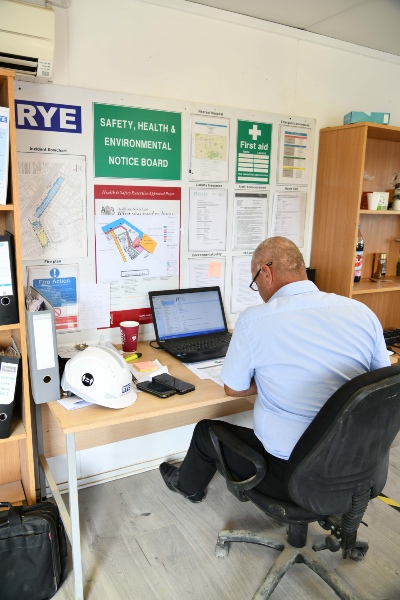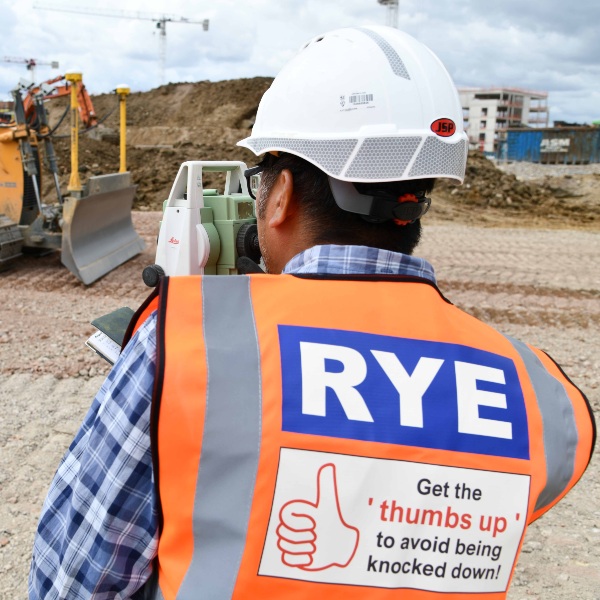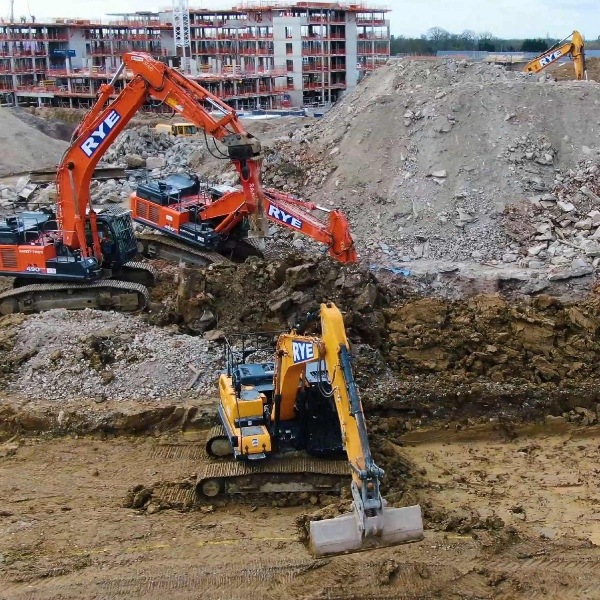Step Away From the Cookie Jar
- 11/05/21
Like most people I love a biscuit! I don’t know about you but it is all too often that I absentmindedly walk from my office (now at home of course) open the biscuit tin and scoff 2 or 3 without batting an eyelid. I’m thinking this may ring true for many people. We do things without thinking about it, things that aren’t good for us and we don’t even appreciate it – we just plough on with the embedded habit.
Just a little bit more about biscuits! Do you remember watching The Office? The UK version with Ricky Gervais…There is one episode where Gareth (played by Mackenzie Crook) has a cookie jar on his desk and every time it’s opened a voice bleats… “Step away from the cookie jar!”
I’m not sure if the warning is to protect the culprit from their poor dietary choices or because the owner of the aforementioned cookies will take the thief to task with a fist to the face. Either way, it doesn’t matter. An alert system tells the culprit to snap out of their zombie like approach towards biscuity goodness to protect them from themself.
Why on earth am I banging on about biscuits and talking jars? Well, recently we’ve been reviewing the National Federation for Demolition Contractor’s (NFDC) guidance on exclusion zones on demolition sites and the conversation in the team moved to the matter of the underlying issues that lead to injuries and worse.

As the guidance notes clearly lay out, there are many challenges that need consideration and many areas of mitigation that need careful planning. However, one of the conclusions we came to involved behaviours and mindsets.
All demolition and construction operatives go through rigorous health and safety training and detailed site inductions. Notices at site entrances warn people of the dangers ahead and remind them of the importance of PPE.
Knowledge and awareness really should not be the problem when it comes to health and safety matters on construction and demolition sites. The guidance notes from the NFDC comprehensively cover different aspects of safe working spaces, and especially exclusion zones. Different approaches dependent on the chosen demolition methodology, different zone colours based on risk levels and so on.
The plans they provide demonstrate very simply how exclusion zones should be planned, looking at designed drop areas, predicted debris areas, buffer zones and exclusion zone boundaries.
There are numerous suggestions as to how demolition contractors can protect site workers, from technology to signage and PPE to fencing.
Whilst most demolition and construction contractors will display excellent practice in all these areas, we still see accidents…and so it comes back to the human factor. It is almost always the case that every accident could have been avoided through improved behaviours, reduced complacency and vigilance. Without doubt, when human errors occur, it is not due to malicious intent – people switch off, they get into a routine and forget what’s good for them (a bit like me constantly reaching for the biscuit tin).
This was clearly demonstrated a few weeks ago when we were filming on a site we were working at. The film was a short overview of the project and included some talking to camera, some low-level ground footage and some (awesome) shots from our drone of the whole site.
Once the film editor shared the footage with us, we noticed that one worker (a colleague from another company on site I hasten to add!) mindlessly wandered through a gated entrance and across an exclusion zone whilst an excavator was shifting arisings for crushing and re-use. We couldn’t see this until the drone footage came back, but luckily the machine operative stopped what he was doing until the area was clear.
It was really quite a shock to see but also a useful lesson that, whatever physical measures you put in place, human behaviour can lead to potential incidents. It was fairly evident from the footage that the person in question just wasn’t thinking. Did he ignore the signage, think that nothing was going on at the time or was he day dreaming? Whatever the reason, it acts as a stark warning that we cannot grow complacent or allow site workers to.
As Vice Chair of the National Demolition Training Group (NDTG), our Managing Director, Simon Barlow, is gripped by the opportunity he has to help the organisation and industry improve. We believe that the area of behavioural health and safety is as important as technical practices because, again, whichever physical barriers, notifications and PPE you put in place the human element cannot be controlled.
Only by addressing mindsets, through regular training, maintenance and review of robust management processes and open conversation can we embed true cultures of health and safety. As industry and organisation leaders we have a duty to our teams, to their families, to society and to each other to protect everyone on and around a site. As with the cookie jar, the audible warning to step away may not be enough. We still need the mindset, the vigilance and the attitude to stop ourselves from taking that extra biscuit and taking the risk that could lead to unthinkable consequences.
Jonathan Cox - Marketing Director, Rye Group.
Memberships And Accreditation Partners

















